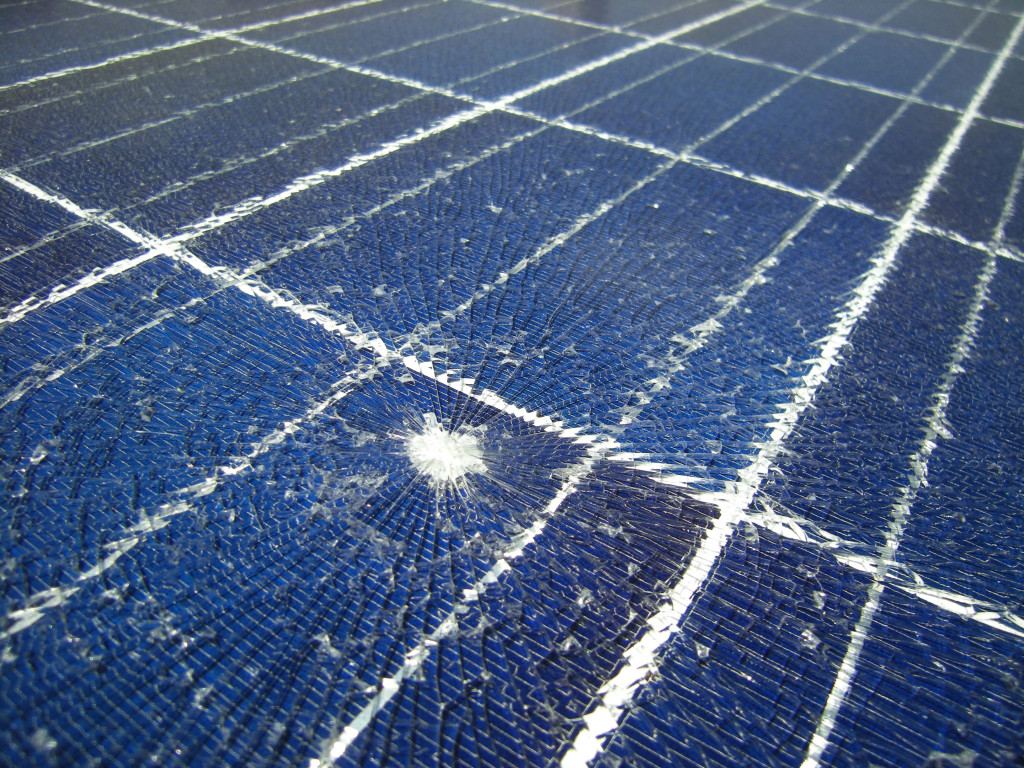Power has a price — and it comes with monthly electric bills. The average US household uses 900 kWh per month while the average business uses 6000 kWh. Consumption can vary between families and businesses. Environmental or green practices and policies are some of the biggest factors affecting consumption — and they can cut power consumption significantly or even eliminate it altogether.
Preventing Heat Transfer
Cooling and heating get the biggest chunk of most households’ and businesses’ energy consumption. Power is used to maintain a set temperature within a home or building, regardless of outside temperatures. However, outside temperatures can dictate the power use of a home or building. Cold winters will require more heating and warm summers more cooling. One way to reduce power consumption is by limiting the heat transfer from the environment and the structure — whether going in or going out — through insulation.
For most homes, heat transfer occurs through the roof. Sunlight can heat a home and make it a veritable oven in the summer, while snow on the rooftop can leech warmth from a home during winter. Rooftop insulation can immediately reduce heat transfer in homes. Well-insulated homes can reduce their consumption by 30-50 percent.
Businesses often have good insulation — however, big glass windows that let sunlight in also let in heat. Along with sunlight comes dangerous ultraviolet (UV) radiation, and constant exposure to UV can increase the risk of developing skin cancer and melanomas. The UV-filtering film is excellent for big glass doors and windows. UV film blocks 99 percent of UV and 80 percent of heat from sunlight. UV film can be as clear as you want it to be, so you won’t have to worry about your store or office looking dark and dreary. Businesses can also use an awning to add shade during sunny months.
Switching to New Appliances
Some people advocate for older models of appliances, mostly citing durability and cost. While older models of appliances might be more durable than newer ones — particularly radios, TVs, and refrigerators — they also consume more electricity. Old cathode-ray tubes or CRT used in television and computer monitors might stand the test of ages, but they also use 3 times the electricity used by the flimsier (and more prone to damage) LED TVs and monitors.
Appliances that use inverter technology have significant reductions in consumption. Washers, air conditioners, refrigerators, and freezers use 30-50 percent less than older models. Changing appliances for homes and businesses might be expensive — but the cut in monthly electricity bills can make the change worthwhile. In the US, the Energy Star label can provide details on an appliance’s energy efficiency.

Setting Up a Solar Power System
One of the best ways to reduce your electrical consumption is to make your own. Solar power systems can power homes and businesses — and they are practically free. For most households, a 10-kW system should provide more than enough power. Solar power systems directly cover daytime use while directing excess power production into batteries or to the grid to cover nighttime use. A 10-kW system requires around 30 panels and most homes will have enough space for them.
Costs can go as low as $14,000 after the 22 percent federal tax incentive. A 10-kW system can cut electrical consumption to zero, but power companies will still charge a minimum (around $5-$10) for staying connected to the grid. Even if you opt for a 10-year loan, you can cover the premiums with the savings on your electric bill, plus or minus a few extra dollars. Solar power systems are made to last. Solar providers guarantee the first 25 years of use (at 80-90 percent efficiency), and most systems can last for 40 years or more.
Businesses can also use solar power to cut their electrical consumption and meet Section 179d requirements. Businesses that consume 50 percent less energy than comparable property meet the 179d requirements and can qualify for tax deductions of up to $1.80 per square foot. Most businesses consume 6000 kWh per month costing around $700. A 20-kW solar power system produces 3,000 a month and two can more or less cover the average consumption of a business.
Installing two 20-kW systems can cost $70,000. Covering that amount with a loan will get you premiums costing less than what you pay for electricity — and you’ll get an additional tax deduction from 179d.
Energy efficiency is more than just being green — it can also be about saving money. Reduce or eliminate your consumption and you’ll have one less bill to worry about.

